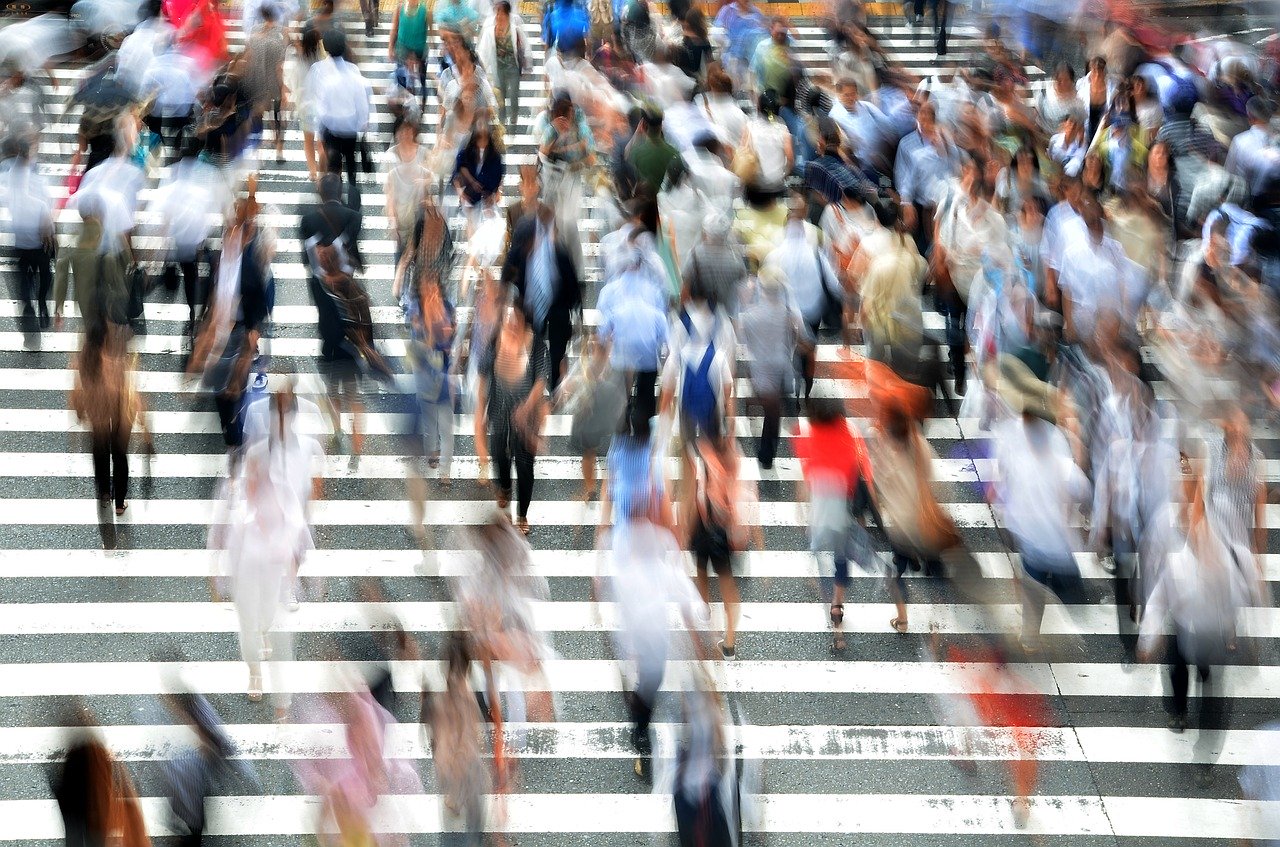Cities / Planning and mapping
Comment
Modelling a changed world: expert insight for COVID-19 recovery decisions
06 May 2020 | 0
Will Cavendish and Fiona Cousins describe how the COVID-19 pandemic has reinforced for them the value of good modelling capabilities and the ability to derive data-driven insights to help relevant stakeholders make unprecedented decisions.
As we try to overcome the COVID-19 outbreak, numbers and insight matter. The public health data and expert models used by governments have been crucial to effective decision-making. We can see that the many tough decisions governments around the world have made in response to the COVID-19 threat are beginning to work. In many places, thankfully, the worst seems have passed or the peak is in sight.
But as we start considering when we will emerge from our homes, it is becoming clear that the decision-making challenge for governments, industry and the public is as great now as it was for the initial lockdown, and far more nuanced.
COVID-19 has impacts at many scales, from how the virus is transported through the air, which affects how we protect individuals, to new circulation patterns and cultural practices in buildings and transport systems that enable social distancing, to the impact of the policies that seek to balance the desire to reopen the economy, society, and life with the threat of retransmission. This pandemic poses many new operational challenges for governments in our globally integrated, highly urbanised world.
The world’s urban population thrives on the energy of the interactions, creativity, passion and culture that city life provides. COVID-19 challenges almost all of this. Therefore, we have used our analytical thinking and design tools to help find a path through the pandemic, and perhaps reshape our built environment and organisations for future resilience. While we don’t have all the answers, we believe a thoughtful exploration of models can help organisations and individuals find a path to recovery. 
Modelling overall risks and policy scenarios
We have brought together our cross-sector experience to address these challenges at four scales.
At the largest scale, the questions we have are about the spread of disease, the number of people who will be affected, the effectiveness of social distancing, and how long the worldwide outbreak is expected to last. Using the data-science skills and probabilistic techniques we usually apply to anticipate business continuity risks after floods or earthquakes, alongside the available public data, our risk analysis specialists have developed exploratory epidemiological models for different cities.
These allow us to model different scenarios that provide an early understanding of likely government actions. And the models are also valuable to many companies as they plan for their return to work and sustained business continuity after the current outbreak has passed.
Restarting transport operations, rebooting cities
At the next scale, our cities and transport agencies will want to re-open while minimising the risks to citizens. It is clear from the emerging data that various regions are affected differently – our epidemiological models allow us to quantify some of the differences – and understand that these differences are due to patterns of social interaction.
The digital specialists and transportation planners in our City Modelling Lab do this by using a combination of agent-based models and machine learning and data-science techniques. These models allow us to understand the intensity and overlap of interactions that arise from the movement of individuals: commuting, looking after their families, shopping and socialising. The insights from these models will allow governments and transport agencies to explore how systems might be adjusted to maximise access while minimising network interactions and thereby transmission risk. They can also be used to advise people about social interaction so that they can maintain their own safety.
Reshaping the spaces we meet in
As lockdown requirements are relaxed, businesses and governments will need to think through how social distancing measures might affect interactions in buildings – the next scale. As increased physical distancing is preferred, the capacity of spaces to manage pedestrian flow will be reduced, leading to effects on wait times or the need to manage bottlenecks in the system. Our agent-based pedestrian modelling software MassMotion was built for these kinds of changing design criteria and we have already built models for airports and train stations that allow us to estimate safe capacities.
At the individual building scale, we need to understand the risks. How transmissible is a virus in a typical building? Our mechanical engineers regularly use computational fluid dynamic models that show how air moves through space and the effectiveness of ventilation systems. We have reapplied these techniques to understand how air-transported pathogens can move through buildings, enabling the design of infection-controlled spaces and adding to our understanding of overall infection risk.
Modelling: the decision insight we need
In many ways, governments and other agencies are operating in a fog. They must make decisions they have never had to make before. For us, the COVID-19 pandemic has reinforced the value of good modelling capabilities and the ability to derive data-driven insights in helping decision-makers take unprecedented actions at speed, and at every level of response. By providing informed advice about choices and trade-offs, and bringing together our core built-environment expertise with new digital modelling and analytical skills, we can illuminate the difficult but critical choices that now need to be made.
This article was originally published on Arup’s website.
Will Cavendish is Arup’s global digital services leader and Fiona Cousins is an Arup Group Board member.
Organisations involved

